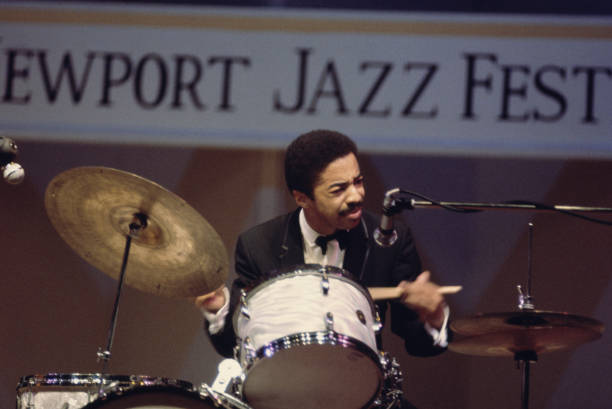Tony Williams was not just a drummer; he was a revolutionary force in the world of rhythm. From the moment he burst onto the jazz scene as a teenager with the Miles Davis Quintet, his approach to drumming shattered conventions and redefined the possibilities of the instrument. His style was raw yet refined, explosive yet controlled—an intricate balance of power, finesse, and fearless creativity that continues to inspire drummers across genres to this day.

Born in 1945, Tony Williams began playing professionally at an early age, but it was his collaboration with Miles Davis in the mid-1960s that cemented his status as a drumming prodigy. At just 17, he joined Davis’ Second Great Quintet, where he pushed the boundaries of jazz drumming, treating the drum kit as an equal voice in the conversation rather than just a timekeeper. His playing was unpredictable, weaving complex polyrhythms, dynamic accents, and bursts of sound that elevated the entire musical experience. He didn’t just support the music—he propelled it.
What set Williams apart was his ability to blend raw intensity with technical mastery. His signature ride cymbal work, punctuated by offbeat crashes and unexpected rhythmic shifts, became a defining characteristic of his style. He played with a fluidity that defied traditional swing patterns, creating an almost elastic sense of time that stretched and contracted with the music. His drumming on albums like Miles Smiles and Filles de Kilimanjaro showcased this innovative approach, turning each performance into a conversation between rhythm and melody.
Beyond his work in jazz, Williams was one of the first drummers to bridge the gap between jazz and rock, paving the way for the fusion movement of the 1970s. His own band, The Tony Williams Lifetime, merged the complexity of jazz with the raw power of rock, influencing generations of drummers who sought to break free from rigid genre definitions. His impact extended to drummers in progressive rock, heavy metal, and beyond—his fearless approach to rhythm became a blueprint for musicians looking to expand their sonic vocabulary.
Even decades after his passing in 1997, Williams’ influence remains unmistakable. From the intricate grooves of modern jazz drummers to the rhythmic complexity in progressive rock and metal, his fingerprints can be found across countless styles of music. His legacy is not just in the recordings he left behind, but in the way he transformed drumming into an art form that thrives on expression, innovation, and boundless creativity.
Drummers today, whether consciously or not, owe a piece of their craft to Tony Williams. His spirit lives on in every unpredictable fill, every daring rhythmic experiment, and every drummer who dares to push beyond the expected. He didn’t just play the drums—he reimagined them, leaving a legacy that continues to shape the pulse of modern music.
